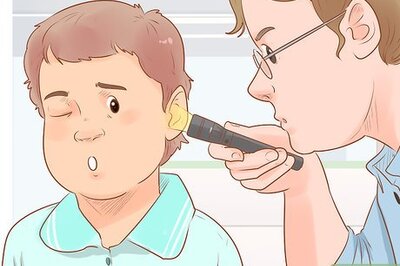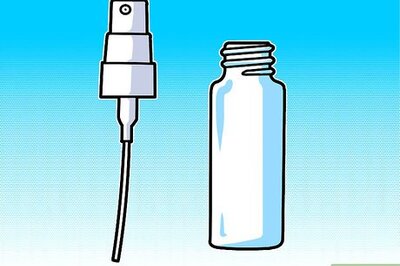
views
In our body, cholesterol is classified into two main types: good cholesterol (HDL) and bad cholesterol (LDL). Bad cholesterol or low-density lipoprotein (LDL), poses a risk to health when its levels rise. It accumulates in the walls of arteries, leading to blockages that can reduce or completely restrict blood flow. This condition, known as atherosclerosis, increases the risk of developing severe heart-related diseases, including coronary heart disease, stroke, and heart attack. On the other hand, good cholesterol, or high-density lipoprotein (HDL), helps remove LDL from the bloodstream, reducing the chances of plaque formation in the arteries. Managing LDL levels through a healthy diet, regular exercise, and lifestyle changes is crucial to maintaining cardiovascular health and reducing the risk of heart disease.
It is indeed essential to keep cholesterol levels under control, especially in today’s fast-paced lifestyle. Even if we maintain a healthy routine, cholesterol levels can sometimes rise without any immediate signs, posing hidden risks. Our body may show early symptoms when bad cholesterol (LDL) levels increase, and it is important not to ignore these signals. Here are some early symptoms and causes to watch for.
Chest Pain (Angina): One of the most common signs of high LDL is discomfort or pain in the chest due to restricted blood flow to the heart.
Numbness or Tingling in Extremities: High cholesterol can reduce blood flow to various parts of the body, leading to a sensation of numbness or tingling, especially in the legs and arms.
Fatigue or Shortness of Breath: Blocked arteries make it harder for the heart to pump blood, leading to exhaustion or difficulty in breathing.
Leg Pain During Physical Activity (Claudication): Cholesterol buildup in the arteries that supply the legs can cause leg pain or cramps while walking or exercising.
Cold Feet: Cold soles when lying down at night is a sign of increased bad cholesterol. Due to high cholesterol, the blood flow in the body is not maintained properly. This makes the feet very cold.



















Comments
0 comment